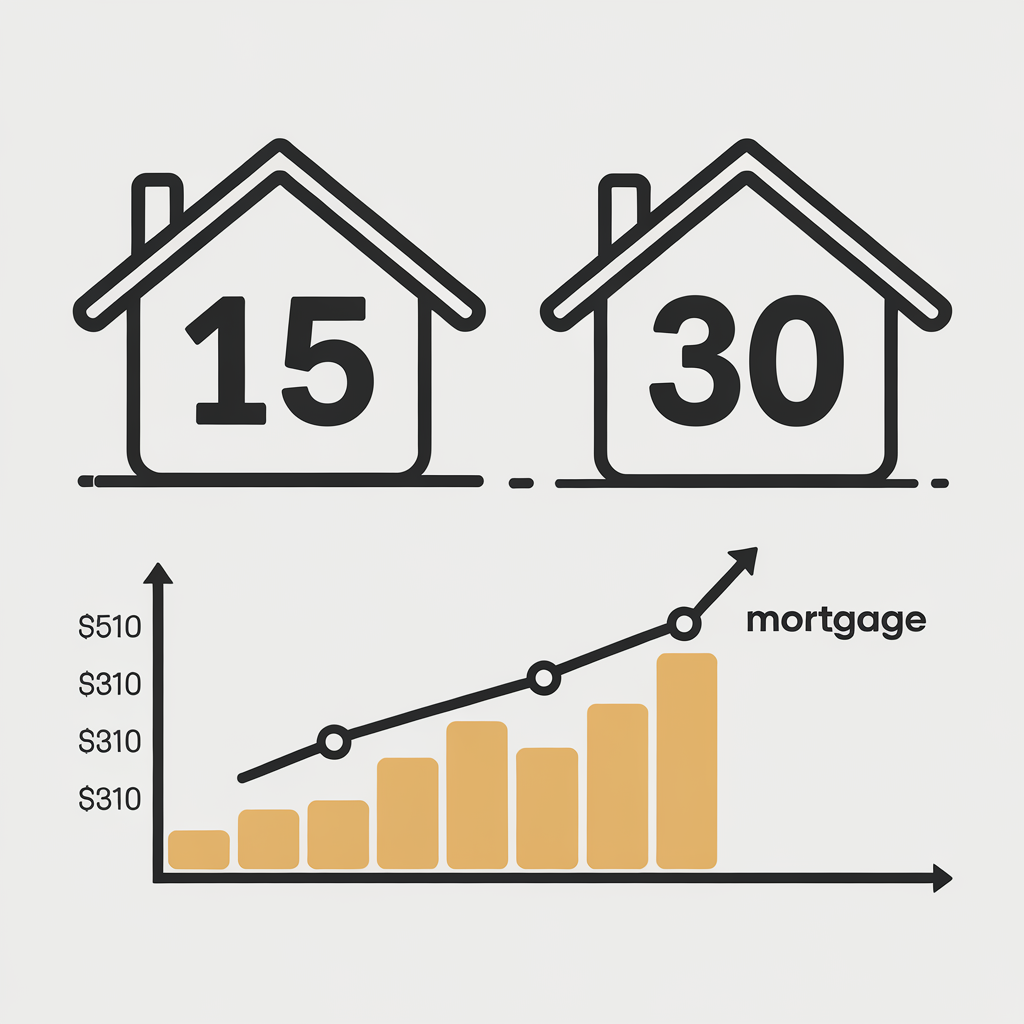Understanding Interest-Only HELOCs: A Comprehensive Guide
A home equity line of credit (HELOC) can be a valuable financial tool for homeowners, providing quick access to funds when needed. Whether you’re planning home renovations or facing an unexpected financial setback, a HELOC can offer the flexibility you need. One type of HELOC, the interest-only HELOC, allows you to borrow funds while only making interest payments during an initial draw period. However, it’s essential to understand the intricacies and potential drawbacks of this financial product before deciding if it’s right for you.
How Do Interest-Only HELOCs Work?
In many ways, a HELOC functions similarly to a credit card. Both come with a credit limit that dictates how much you can borrow. However, unlike a credit card, a HELOC has a specific draw period, typically lasting 10 years, during which you can access funds. During this draw period, you are only required to make interest payments. Once the draw period ends, you must start repaying the principal balance along with the interest.
HELOCs are known for their competitive interest rates because they are secured by your home, which serves as collateral. This security often results in lower interest rates compared to unsecured loans.
Interest-Only HELOC vs. Traditional HELOC
While both interest-only and traditional HELOCs allow you to borrow against your home equity, there are key differences. With a traditional HELOC, you must make payments toward both the principal and interest during the draw period. This can result in higher monthly payments if you’ve borrowed a significant amount. In contrast, an interest-only HELOC requires only interest payments during the draw period, potentially offering lower monthly payments initially.
However, both types of HELOCs typically feature a variable annual percentage rate (APR), meaning your interest rate and monthly payment can fluctuate over time. Additionally, to qualify for a HELOC, you’ll generally need sufficient home equity (usually 15% to 20%), a strong credit score (often a minimum of 680), and a low debt-to-income ratio (DTI).
Should You Borrow With an Interest-Only HELOC?
Interest-only HELOCs can be beneficial if you have adequate home equity, a strong credit score, and specific financial needs. For instance, they can be useful in financial emergencies, such as unexpected home repairs or job loss, or for consolidating debt to save money in the long run. They can also be advantageous if you plan to use the funds for home renovations that will increase your property’s value before selling.
However, it’s crucial to be confident in your ability to repay the HELOC as agreed. Failure to do so could jeopardize your credit and put your home at risk.
Pros of an Interest-Only HELOC
- Flexible borrowing: You can borrow funds as needed during the draw period, providing greater financial flexibility.
- Lower interest rates: HELOCs often have lower interest rates compared to credit cards and personal loans.
- Lower initial payments: During the draw period, you’re only required to make interest payments, which can result in lower monthly payments.
Cons of an Interest-Only HELOC
- Payment spikes: After the draw period, you’ll need to start repaying the principal and interest, which can significantly increase your monthly payments.
- Reduced home equity: Borrowing against your home equity decreases the ownership stake you’ve built in your property.
- Risk to your home: Since your home serves as collateral, you could lose your property if you default on your HELOC payments.
- Variable interest rates: HELOCs typically have variable interest rates, which can make budgeting challenging as your monthly payment may increase over time.
Interest-Only HELOC Alternatives
If an interest-only HELOC doesn’t seem like the right fit for you, consider these alternatives:
Traditional HELOC
With a traditional HELOC, you’ll make payments toward both the principal and interest during the draw period. This can help you pay off your debt faster and avoid the payment shock that can occur when an interest-only HELOC’s draw period ends.
Home Equity Loan
A home equity loan provides a lump sum of cash upfront that you repay over time. Like a HELOC, it uses your home as collateral, often resulting in lower interest rates compared to personal loans and credit cards.
Cash-Out Refinance
With a cash-out refinance, you can access some of your home equity by refinancing your mortgage. This results in a new, larger loan, and you receive the difference in cash to use as needed.
Personal Loan
While personal loans can have high interest rates (up to 36%), they are an option if you need unsecured debt. However, they should generally be considered a last resort due to the higher cost.
The Bottom Line
An interest-only HELOC can provide the financial flexibility you need, allowing you to borrow funds on an as-needed basis while only making interest payments during the initial draw period. However, it’s essential to weigh the pros and cons carefully. After the draw period, your monthly payments could increase significantly, and your home is at risk since it serves as collateral.
If you decide that an interest-only HELOC is right for you, ensure you have sufficient home equity and a strong credit score. For personalized mortgage services and expert advice, contact O1ne Mortgage at 213-732-3074. Our team is here to help you navigate your mortgage options and find the best solution for your financial needs.







